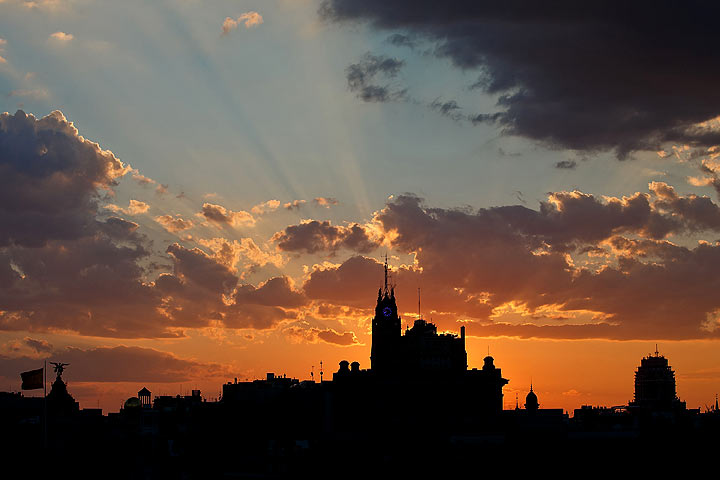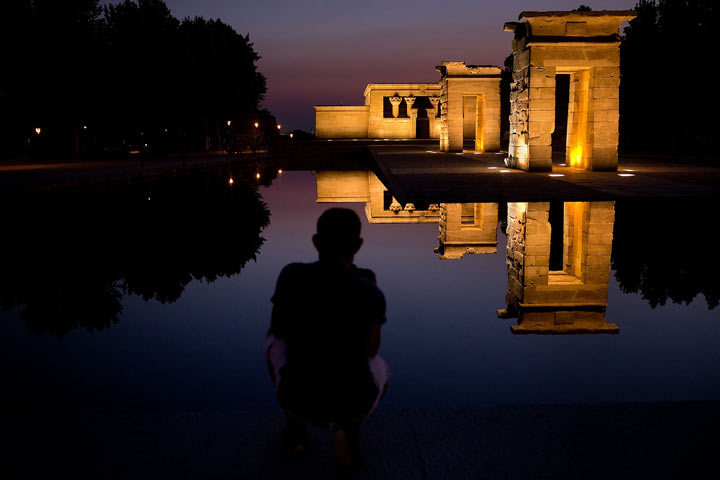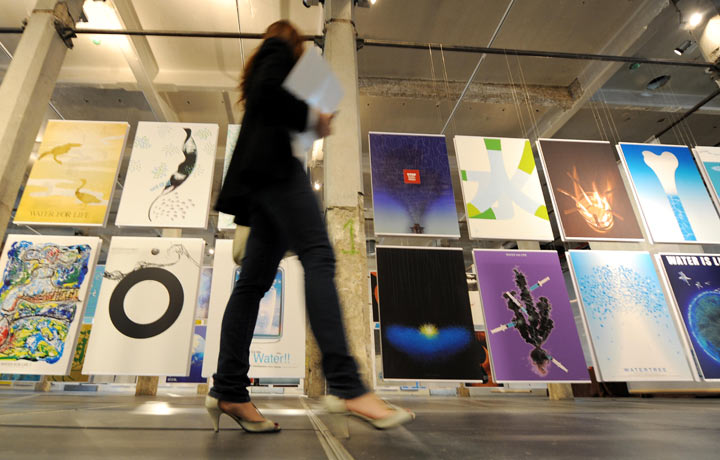MADRID, Spain – Spain has for decades been among the world’s top tourist destinations, mainly thanks to sun-seekers who flock each year to Mediterranean beaches or the Canary Islands.

The Spanish capital, with its vast array of bars, restaurants and a rocket-propelled nightlife that often causes traffic jams at 3 a.m., has always appealed to fun-lovers as well as travellers with an interest in history and culture.
While top-end hotels and restaurants are expensive, it comes as a relief to find that some of Madrid’s best features can be enjoyed for free.
PRADO
Few museums boast a permanent collection as rich and historically important as that of Madrid’s El Prado. For anyone with an interest in art, it is a must-see.
Many of the Prado’s works were collected or commissioned by Spain’s art-loving royalty in centuries past when the country was a fabulously wealthy superpower with a vast, global empire. Then, in 1819, King Ferdinand VII opened the doors of his private collection to the public. The collection was later boosted by the contents of two major museums.
Among masterworks on show are the iconic “The Annunciation,” painted by Fra Angelico in the 15th century, Hieronymus Bosch’s vivid 16th century triptych “The Garden of Earthly Delights” and Albrecht Duerer’s piercing “Self-portrait.” However, the museum’s most popular works are the remarkably versatile Francisco Goya’s canvases, etchings and tapestries – including his Black Paintings, such as “Saturn devouring one of his sons” – and, notably, Diego Velazquez’s priceless masterworks including “Las Meninas.”
Around 2 million people visit the Prado each year. Normally, admission costs 14 euros ($19), but, for those in the know, there is a way to get in for free. Every day from Monday-Saturday, access is free between 6 p.m. and 8 p.m., while on Sundays and public holidays it is from 5 p.m. to 7 p.m. For those able to plan ahead, each year there are two whole days where entry is free: Nov. 19 (the Prado’s anniversary) and May 18 (International Museum Day).

Get weekly money news
RETIRO
At the heart of Madrid lies Retiro Park, a beautifully tended 350-acre (1.4 square-kilometre) garden space where city-dwellers go to get away from the metropolitan hubbub. Originally the formal gardens of a medieval palace, it became King Philip II’s 16th century refuge from court preoccupations, as well as his religious retreat – hence its name.
Retiro offers all you would expect from a showcase city park: leafy walks, bicycle rides, superb horticulture, row-boats and cooling fountains. But it is also packed with cultural surprises. It contains three free museums – Casa de Vacas, Palacio de Velazquez and Palacio de Cristal – the last being a wonderfully preserved iron-framed glasshouse. Napoleon Bonaparte’s invading army camped here in the early 1800s and razed the palace, but a fisherman’s cottage from the era survived. Children shriek with delight at a proper, brick-built puppet theatre and grown-ups muse over games of chess or watch an ancient form of bowling that uses a semi-circular object pitched overarm at the pins.
DEBOD
As dusk approaches, strolling couples head west to the Temple of Debod, one of Madrid’s oldest buildings – if not the oldest. It is one of very few early Egyptian temples visible outside that country and was given to Spain in 1960 in a bid to save it from flood damage when the Aswan dam was built across the Nile. Dedicated in antiquity to the worship of the gods Amun and Isis, its graceful lines showcase the timeless beauty of pharaonic architecture. Today the temple is situated on the eastern ridge of the Manzanares River valley, where the setting sun bathes it in golden hues as the azure sky above darkens, making it one of Madrid’s most romantic spots. Free cultural events are regularly organized within its exquisitely-proportioned chapel.
MATADERO
Matadero was, from 1911 to 1996, Madrid’s main slaughterhouse and livestock market, where herds of cattle were even trotted in on foot. The 45-acre (18-hectare) complex, today a creative centre, was designed in the modernist neo-Mudejar style of architecture typical of early 20th century Madrid. It includes a space devoted to design, where graphic, industrial and interior decoration artists can be seen in action. Other buildings include a television studio, a hall for books and reading, a workshop used as a meeting place by the city’s artists, and at least two theatres, some hosting professional, paid-for works. But there is always plenty happening here for free.
JUAN MARCH FOUNDATION
Juan March was a wealthy financier who bequeathed Madrid a richly endowed foundation that today hosts some of the capital’s most exciting musical events, film screenings and art exhibitions, all free. Dotted around the building are sculptures by renowned artists such as Eduardo Chillida, while inside music-lovers can enjoy orchestral symphonies, intimate chamber music or jazz, in a concert hall with admired acoustics. A well-appointed gallery also offers top-quality art exhibitions with objects often sourced from top museums around the world.











Comments